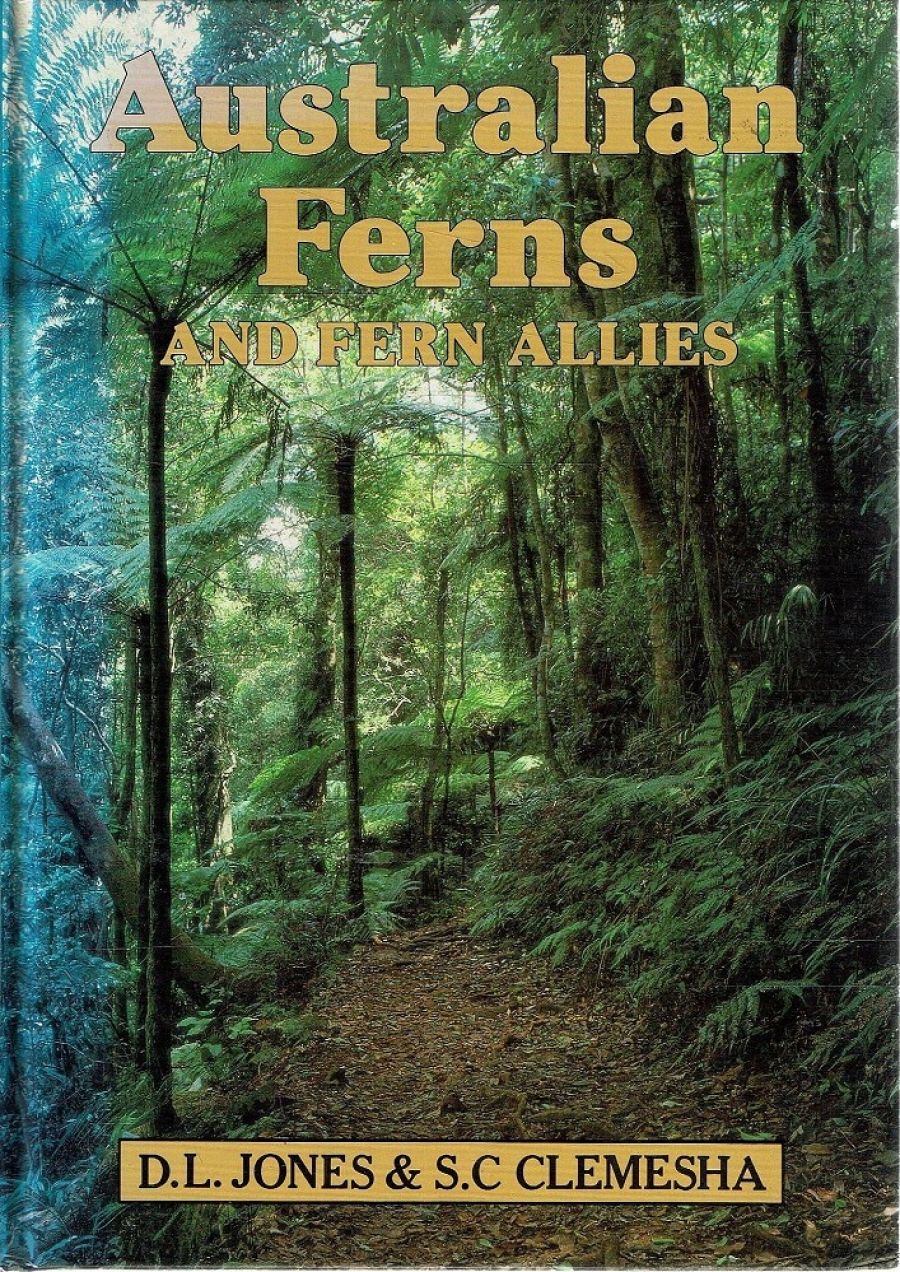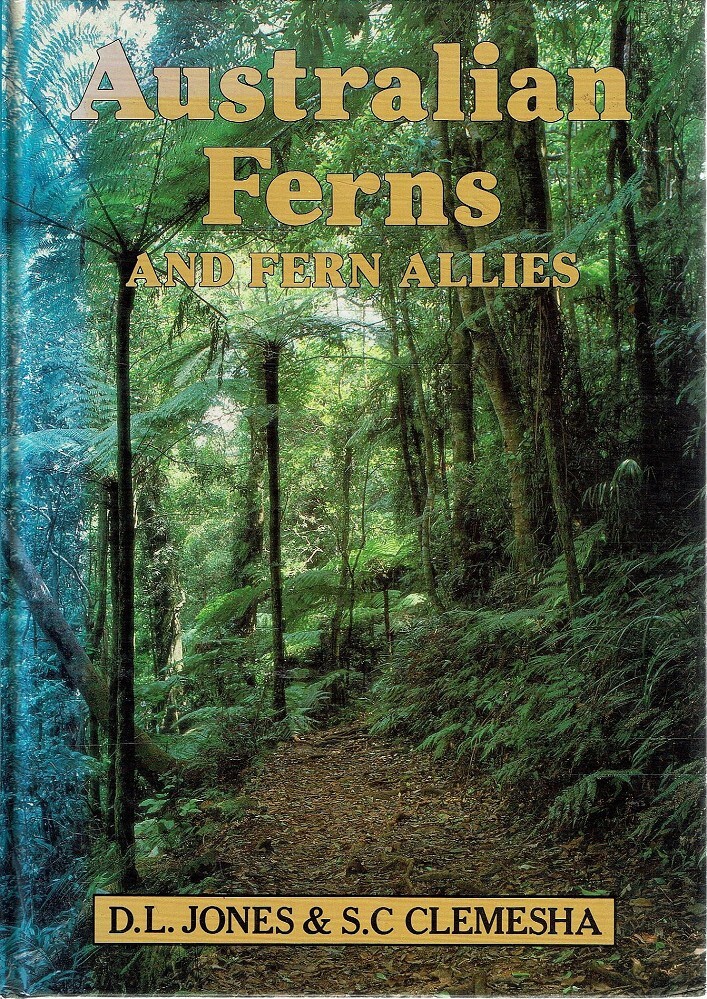
- Free Article: No
- Contents Category: Nature Writing
- Review Article: Yes
- Article Title: Botanical Studies
- Online Only: No
- Custom Highlight Text:
Botanists of the Eucalypts is a compilation of short biographies of people who have contributed to the taxonomy of our most conspicuous tree genus. The author is a retired member of the former CSIRO Forestry and Timber Bureau, where he worked extensively on eucalypts. He has prepared approximately 400 entries which collectively reveal the tremendous diversity of the people involved – professional botanists, amateur naturalists, gardeners, graziers, foresters, geologists, surveyors, explorers, anthropologists, doctors, men of the cloth, a postmaster and a police-trooper – all people able to travel and spend time out of doors. As well, the compilation includes people whose names have been commemorated even though they may have had little to do with the processes of collecting and describing new species.
- Book 1 Title: Botanists of the Eucalypts
- Book 1 Biblio: C. S. I. R. O., 166 pp. , $7.50, ISBN 0 643 00271 5
- Book 2 Title: Australian Ferns and Fern Allies
- Book 2 Biblio: A. H. and A. W. Reed, illus., 294 pp., ISBN 0 589 07197 I
- Book 2 Cover Small (400 x 600):

- Book 2 Cover (800 x 1200):

The prominence of eucalypts in the forests and woodlands of Australia’s temperate coastal regions has meant that many serious investigators of the bush have had to come to grips with some part of Eucalyptus taxonomy. Consequently the compilation encompasses a broad selection of all botanists and collectors (Australian and foreign) who have made important contributions to understanding the regional fora and it is therefore an important basic reference work. It is significant that CSIRO has chosen to publish it in a form accessible to the reading public rather than in an obscure scientific or historical journal. Accessibility is enhanced by the readable style of the entries Where little information is presented in list form and complete sentences promote impressions of real people.
The work is, however, not without its flaws. As is recognized in the preface, a work of this kind is rarely complete. So the decision to print a limited first edition of the work in its present form is at least practical, and readers are invited to supply further information on any people not adequately covered, especially the collectors. It is important to be mindful of this limitation when using the work as a source.
More serious are a number of problems associated with the appendices. Appendix l is an alphabetical list of the names of people for whom a biographical entry has. been provided, but since the entries themselves are arranged alphabetically the appendix is unnecessary. Appendix 2 is a list of the eucalypt species cited in. the text together with a cross-reference to· the people associated with them; it should therefore function as an index. And given the stated scope of the work (based on W.F. Blakely’s comprehensive key) it should be possible to look up any well known and most lesser-known species names and be led at least to a collector entry and a describer entry. But the appendix falls far short of this (which is presumably why it is not called an index). About 15% of species cited in the text are not listed in the appendix. In a few cases there are no clues in the appendix or the text to the identity of certain people being commemorated, and at least one well known botanist (Leschenault de la Tour), is cited in the appendix but no entry appears in the text. There are typographical errors, at least one of which is important – Ferdinand Bauer returned to Austria in 1814, not Australia.
Browsing reveals important facets of Australian botanical history. Patterns emerge regarding phases of development and personal styles of leading botanists. Initially Australian plant specimens were taken back to Britain and Europe where they were described and named by a number of eminent botanists who at best had only visited the Australian continent briefly. Then by mid-l9th century, coinciding with the founding of the first two Australian universities, well trained scientists (among others) began migrating to the colonies. they included Baron Ferdinand von Mueller and Joseph Henry Maiden, two giants of Eucalyptus taxonomy, both of whom actually migrated for their health! Nearly half the biographical entries cover people commemorated by species names, with Mueller and the NSW group of botanists headed by Maiden responsible for the great majority. Not surprisingly Mueller tended to commemorate European-born people; while Maiden commemorated British, or Australian-born people. The present phase of development involves the increasing prominence of Australian-born botanists. Among these the work of W. F. Blakely is still central to all taxonomic deliberations, though he more than any others trivialised the act of commemoration.
Australian Ferns and Fern Allies first appeared in 1976 and continues to fill a long- standing gap in the local literature on our native fern flora. It covers nine-tenths of the species known to occur in Australia and is organised around readily recognisable groups – fern allies such as club mosses, tree ferns, filmy ferns, fern oddities such as aquatic ferns and the remainder, with an appendix on naturalised escapes. Both authors have had considerable horticultural experience and there are chapters on cultivation, propagation and hybridisation. The first author has provided numerous simple line drawings largely confined to macroscopic features, and there are over 60 colour photographs, uniformly good but with a heavy emphasis on the ferns of Queensland.
Some stylistic features warrant comment. For each species there are notes on distinguishing features and confusing species, worthwhile inclusions of assistance to all users of the work. There is, however, no key to the species and the sections are arranged alphabetically by genus, each of which tends to favour users who already know something about the plants they are looking up. This is only partially overcome by including vernacular names in the index.
Even so the fortunate combination of botany. horticulture and natural history which permeates the work serves to highlight the fact that because many Australian species of ferns have not yet been grown in cultivation little is known of their horticultural behaviour, and that further studies will almost certainly reveal extensive hybridisation in the field. Against this background a conspicuous and thoroughly argued warning against removing plants from their native habitats would have been welcome.


Comments powered by CComment